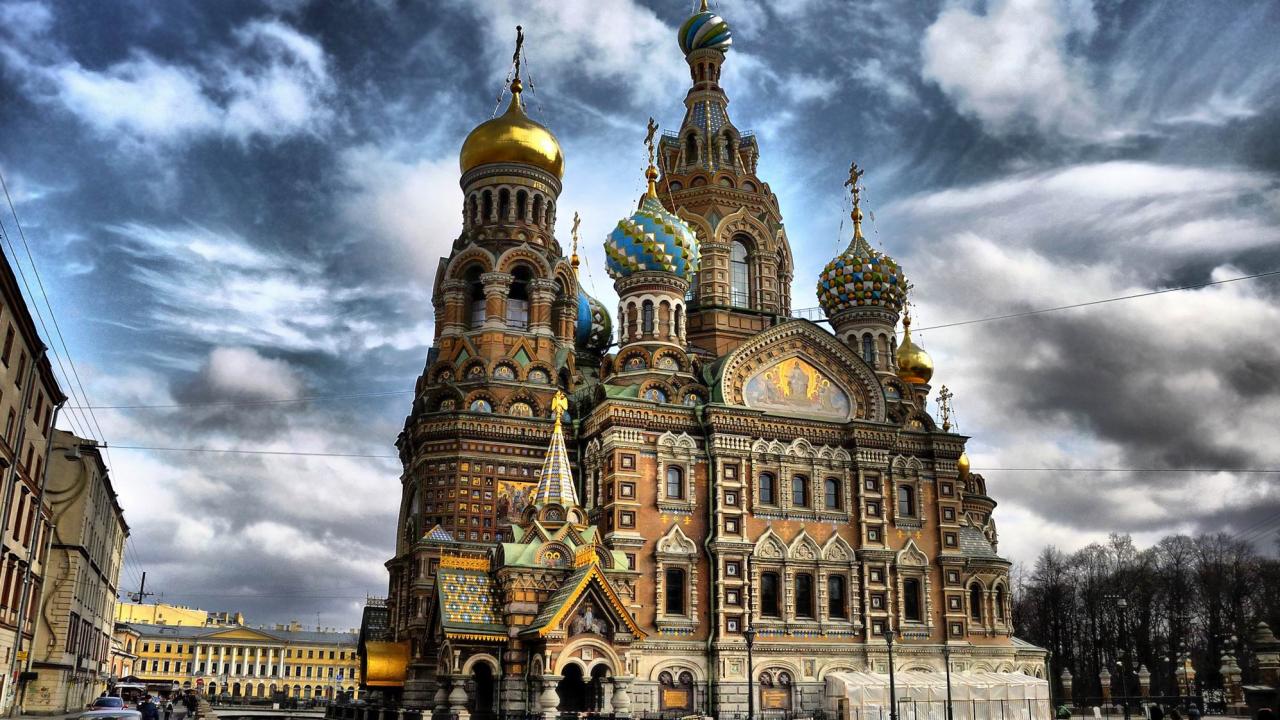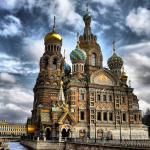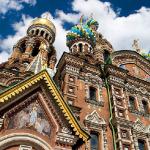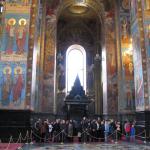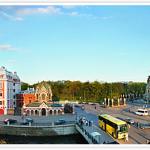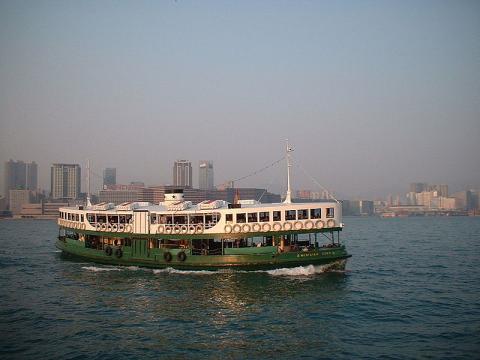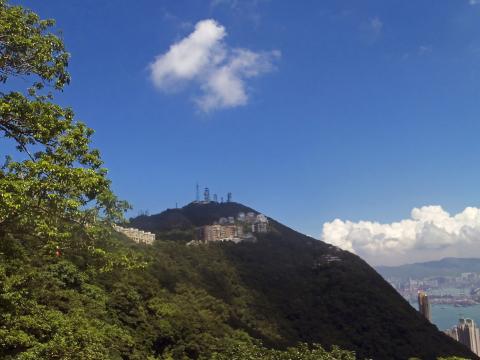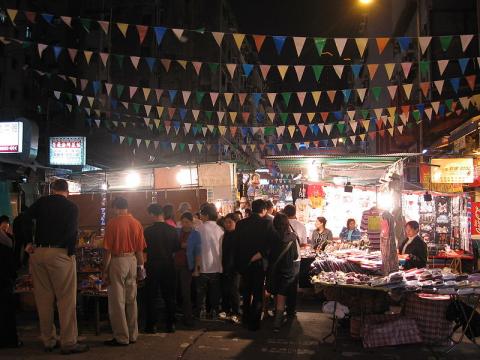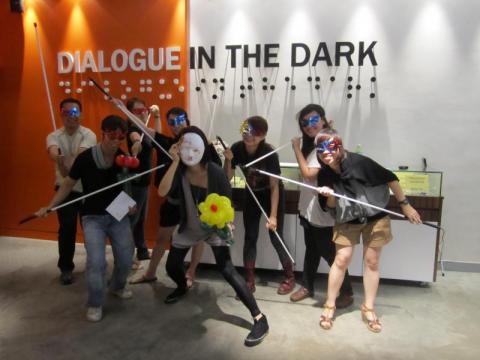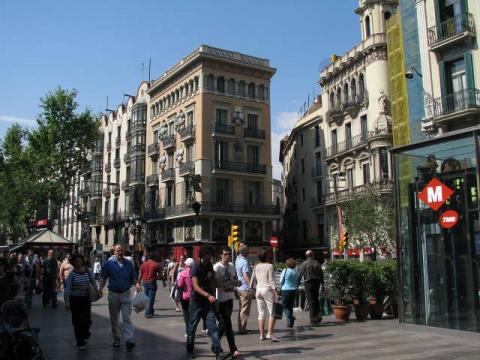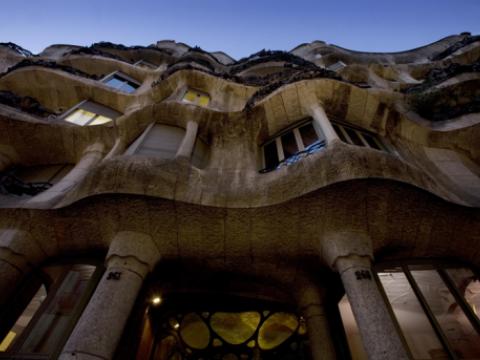Location
Built in a classic Russian Orthodox style, the Church of the Savior on Spilled Blood is one of the most elaborate churches of St. Petersburg. The walls of the church are covered in more than 7,500 square meters of mosaics, which makes it the unique in the world.
The church owes its greatness to the Emperor Alexander II, in whose honor it was erected. It is called The Church of the Savior on Spilled Blood because on that very spot, the tsar was assasinated in the second half of the 18th century. As Tsar Alexander's carriage passed along the embankment, a grenade thrown by an anarchist conspirator exploded. The tsar, shaken but unhurt, got out of the carriage and started to remonstrate with the presumed culprit. A second conspirator took the chance to throw another bomb, killing himself and mortally wounding the tsar.
Before the 1930’s, the churched served as one of the most significant religious places in Russia, but since, it has become secularized. In modern days, the Church of the Savior on Spilled Blood is a national museum and usually crowded.
The church is located in the center of St. Petersburg, a few blocks away from the Nevsky Prospect. The subway station Nevsky Prospect is the closest one.
The admission is 250 rubles.







